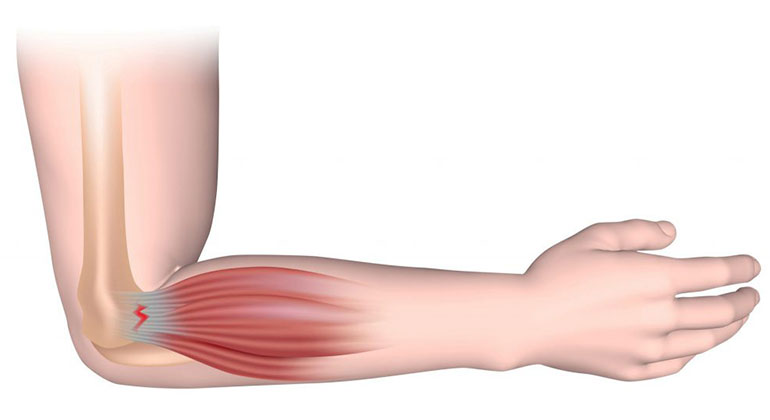Preloader Close
P
R
I
M
E
- info@primeshoulder.com
- +91 90032 22747
- Thoraipakkam and Navalur

